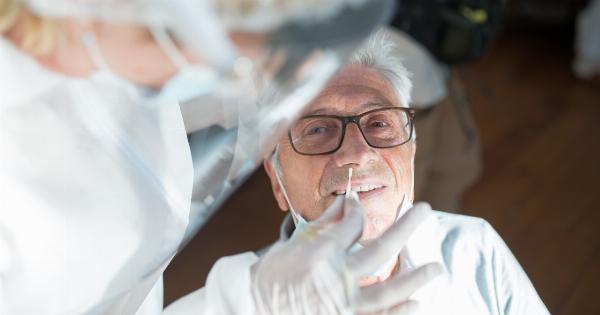Urine is a waste product that is produced by the kidneys. Urine is made up of water, urea, and other waste products that are filtered from the blood by the kidneys.
The kidneys are responsible for maintaining the balance of fluids, electrolytes, and other substances in the body. Urine is expelled from the body through the urethra.
How Color is Determined
The color of urine can vary depending on a number of factors, including hydration levels, medication use, and certain medical conditions. The normal color of urine should be a pale yellow to amber color.
The color of urine is determined by the concentration of pigments called urochrome. Urochrome is a yellow pigment that is produced when hemoglobin from old red blood cells is broken down in the liver.
Clear or Pale Yellow Urine
If your urine is clear or pale yellow, this is a sign that you are well hydrated. Drinking more fluids than your body needs will result in clear urine. If you are taking certain medications, such as diuretics, your urine may also be clear or pale yellow.
Dark Yellow or Amber Urine
If your urine is dark yellow or amber in color, this could be a sign of dehydration. When you are dehydrated, your body produces less urine, which can result in a more concentrated color. This may also be a sign that you need to drink more fluids.
Orange or Brown Urine
Orange or brown urine could be a sign of dehydration or a sign of liver problems. If you are dehydrated, your urine may become dark and more concentrated.
If your liver is not functioning properly, it can cause a buildup of waste products in the body, which can be excreted in the urine, resulting in orange or brown urine. This can also be caused by certain medications or foods, such as beets or other foods with natural red pigments.
Pink or Red Urine
If your urine is pink or red in color, this can be a sign of blood in the urine. This could be caused by a number of factors, including a urinary tract infection, kidney stones, or bladder cancer.
If you are experiencing pink or red urine, it is important to see a healthcare provider right away.
Green or Blue Urine
Green or blue urine is very rare, but can be caused by certain medical conditions or medications.
This can be a sign of a rare genetic condition called familial hypercalcemia, which is a condition that causes abnormally high levels of calcium in the blood. Certain medications, such as methylene blue or amitriptyline, can also cause green or blue urine.
Nutrition and Urine Color
The color of your urine can also be influenced by the foods and beverages that you consume. Beetroot, for example, can cause urine to be pink or red in color. This is because beets contain a natural red pigment called betanin.
If you have recently consumed beets, your urine may be colored pink or red for a short period of time.
Certain vitamins and supplements can also cause changes in urine color. If you are taking a B-complex vitamin, your urine may be bright yellow in color. This is because B-complex vitamins contain riboflavin, which is a bright yellow pigment.
Large doses of vitamin C can also cause changes in urine color, making it more yellow or orange in color.
Conclusion
Understanding the link between urine color and nutrition can help you make informed decisions about your daily diet and hydration levels. While urine color can vary from person to person, a normal urine color should be pale yellow to amber in color.
When in doubt, it is always important to speak with a healthcare provider if you are concerned about the color or consistency of your urine.



























